I was unaware that BMC was beer
It's actually InBevMillerBanquet.

I was unaware that BMC was beer
They also pull the trub out of the conical early in fermentation. Then they pump the middle yeast slurry for re use. There are still yeast in the fermenting beer. They don't wait for full fermentation and then do it. So, they have less alcohol and no trub in what they pump out. Also, it has been proven that any hops affects yeast reproduction negitavely. Hops are worse than the hot break proteins, and if you get a cold break, that's yeast food.
The idea of NA beer is interesting.. It would be easy to pour one at room temp.. Boiling beer would simply introduce it to more bacteria. If we are talking about sterility, that's just one more step.
The way I'm going, I'm harvesting my yeast off my starters. That's why I got a 5L flask. However, I am inclined to decant the spent wort and use NA beer to wash it and store in the fridge. At least the ph is lower than water and it has no oxygen. Freezing with vegetable glycol has been well established.
i'm pretty sure that breweries do it all kinds of ways, there is yeast and trub throughout the cone in various concentrations, but the point is there is no evidence that trub is harmful to beer. when i go down to drake's brewery for fresh yeast there is always a good bit of trub in the flask (2 or 5 liter flask) as far as hops affecting the yeast this is the very first time i've heard someone suggest that, could you provide more info on that?
just to be clear, i'm not saying that people should not wash yeast, what i'm questioning is it's usefulness, are you really avoiding anything that would harm your beer? i say no.
If you harvest from a fermenter the evidence says yes, you are doing something that may harm your yeast. Or, at least its not optimal.
You should follow the link and read before double posting about how great your beer is. Thats pretty subjective...
http://braukaiser.com/blog/blog/category/science/yeast/
He's really the only guy out there doing experiments lately Ive seen. If you're interested in yeast, you really should follow him.
I'll take what kai says over a 3bbl nano brewery who uses dry yeast. It's not an argument.. Slow down, read the posts, follow the link, and have a discussion. Did that nano brewer give a speech at the NHC with any contemporary experiments or evidence? That seemed more like a home brewer turned nano brewer detailing how he does something.
Yeah, expecting to find science based answers on HBT (except for Martin and AJ's incredible knowledge on water chemistry) isn't gonna happen. This forum, while great, is still too full of the "well I do [this] and it works great for me so don't worry about it" or "I think I read somewhere to do [this] so that's what you should do" posts that drown out the few that actually have done the experiments or read the peer reviewed literature that is out there.
I read most/all of Kai's stuff, but outside of slanting individual colonies, I don't believe he's posted about washing/storing yeast with boiled water, wort, beer, BMC, etc...
I don't recall seeing that from him. But, his recent stuff deals with different maltsand hops. That one link basically shows why harvesting off a primary isn't optimal. I've pitched right onto yeast cakes, don't get me wrong... But look, i read scientific articles for work all the time. When i read stuff like that, i try to evolve my technique.
EAZ, what is your take on freezing cultures rather than slanting them, in a manner similar to described in this thread? Keeping cultures in small vials in the freezer is more conducive to my circumstances than is messing around with agar agar and such. Just curious what you think of that approach. I've been using it for a couple months with several cultures and so far so good.
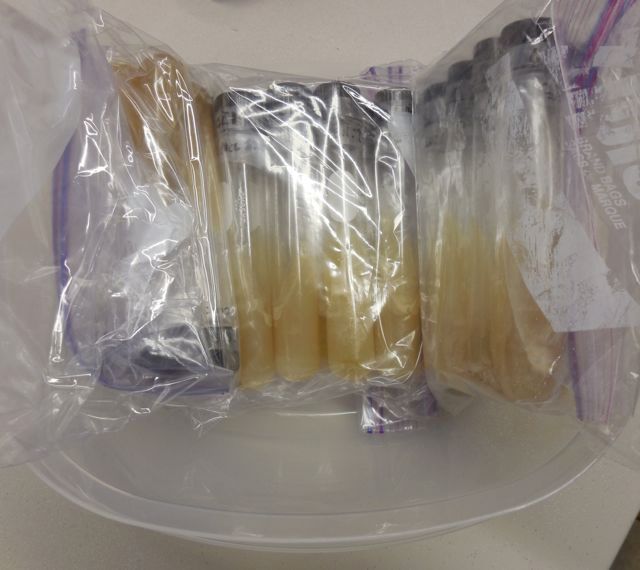
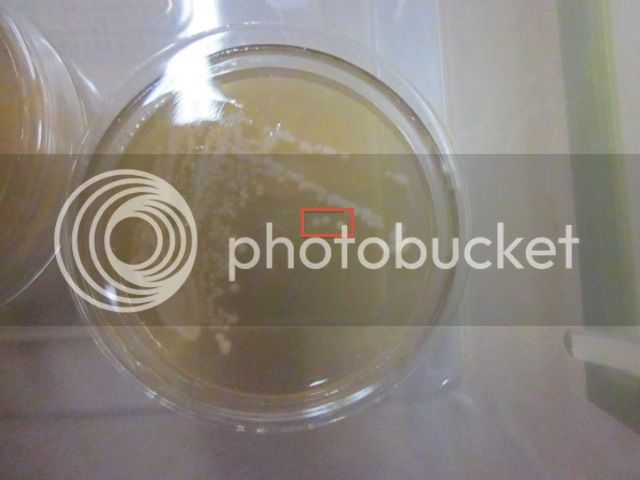
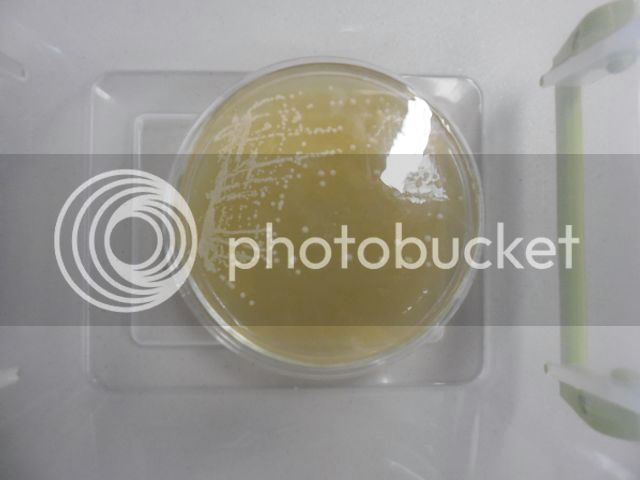
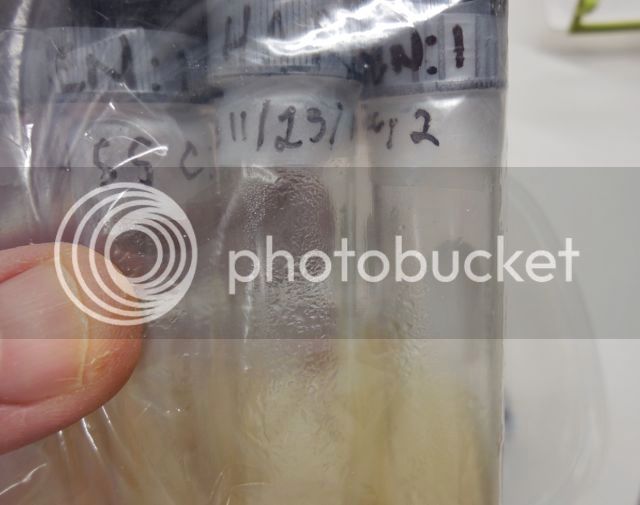
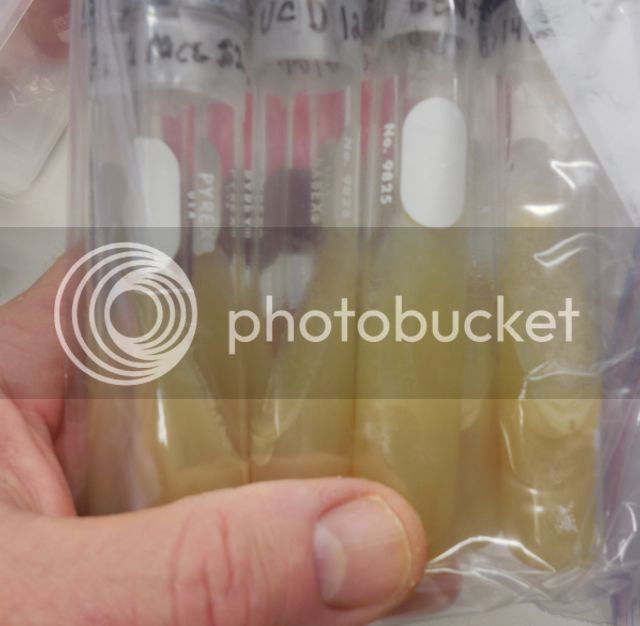
Who's saying that the alcohol is not good for the yeast - it stops a lot of other organism from being able to set up shop.
He says the best way to do it is to crop and repitch because that's how breweries do it. But not all. And they re pitch immediately. If you read the article from kai and from maltose falcons, well, they see it differently.
You have to scroll down and read about roasted Malts and hops. At least one of these is in that beer you crop off, maybe both.
Here's the other link. Read the last line of her summary in the first section. Also, she talks about long term storage and washing later down.
http://www.maltosefalcons.com/tech/yeast-propagation-and-maintenance-principles-and-practices
Kai experiments are dealing with the growth of yeast in those enviroments, not just the storage so you can't make a direct comparison between the two cases. The Maltose Falcon was way to much info to quickly skim over - so I will not comment on that until I can read it properly
Isn't that your main concern in a starter? Healthy growth? Wouldn't repitching a starter with those elements hamper growth? Wouldn't washing with something help to eliminate them? That article is relevant.
I think that was a tangent - I wouldn't expect someone to actually carryout what EAZ suggested could be doneEAZ? I thought diauxic shift was bad, and one reason to not store in alcohol. Is that not right?
He says the best way to do it is to crop and repitch because that's how breweries do it. But not all. And they re pitch immediately. If you read the article from kai and from maltose falcons, well, they see it differently.
You have to scroll down and read about roasted Malts and hops. At least one of these is in that beer you crop off, maybe both.
Here's the other link. Read the last line of her summary in the first section. Also, she talks about long term storage and washing later down.
http://www.maltosefalcons.com/tech/yeast-propagation-and-maintenance-principles-and-practices
EAZ? I thought diauxic shift was bad, and one reason to not store in alcohol. Is that not right?
Diauxic shift is only bad if it occurs in one's finished beer. It's one of the reasons why we try to avoid aerating fermenting beer. The goal of culture maintenance and propagation is different in that the medium is a not an end product.
...All these were pointing to.. Harvesting off a a starter and storing is better than harvesting off of a fermenter and storing.
Do you agree with that?
Hey mattd, do you know any Drinkrow's in New Zealand?
I thought this post was about washing and re pitching, not slanting.
No, this thread is about the fallacy that rinsing yeast with boiled tap water is more beneficial to a culture than leaving it in its own ecosystem. The slanting post was added as a viable long-term yeast management solution.
Zainasheff and White, in their book "Yeast" never seem to make your points in their discussion of yeast harvesting and they recommend that harvested yeast be rinsed.
Zainasheff and White, in their book "Yeast" never seem to make your points in their discussion of yeast harvesting and they recommend that harvested yeast be rinsed.
Page 168 and 169 go into detail about rinsing with sterile water. Pretty sure they're referring to boiled water. Copyright is 2010. Any links to where they changed their stand on this?Nowhere in the text do the authors state that yeast should be rinsed with boiled water before repitching. .
I admire your conviction, but my layman take would be that even if boiled water is not sterile, it’s plenty sanitary for our purposes. That a slurry stored at 35 degrees may not be totally dormant, but it’s plenty dormant for our purposes. And that if any bugs do get past your process, they are more likely to feast on the unfermentable sugars in old beer than boiled water. But I’m a machinist, not a scientist.... Yeast rinsing with a relatively clean pitch of yeast. Starting with a havested slurry that has settled , decant the beer, add back sterile water, shake vigorously, and then let stand for 10 to 15 minutes ...
Compared to the washing tutorial the differences are (in bold)
-Rack beer to bottling secondary/bucket/keg - leave 500ml of beer ontop of the yeast cake
-Do not add any additional water
-Swirl and let sit
-Decant into santised (washing tutorial assums mason jars to be sterilised during the boil) container
-Washing:Let container sit for 20 minutes, then decant again to smaller containers and store in fridge / Beer method:Store container in fridge vented
-Use within 2-4 weeks
https://www.homebrewtalk.com/f163/yeast-washing-illustrated-41768/Where can that tutorial be found?
Let me see if I have this correct:
- If I want to harvest yeast after fermentation and I'm going to use it to ferment another batch within 1 month, I can just grab some of the slurry from the fermentor and store it in a fridge before reusing it in another batch.
- If I want to harvest yeast after fermentation and I'm NOT going to use it to ferment another batch within 1 month (and I don't want to do agar slants and freezing), I can just grab some of the slurry from the fermentor, but every month, I should basically make a starter with it and feed it fresh wort to keep it viable.
Is that correct??
Enter your email address to join: